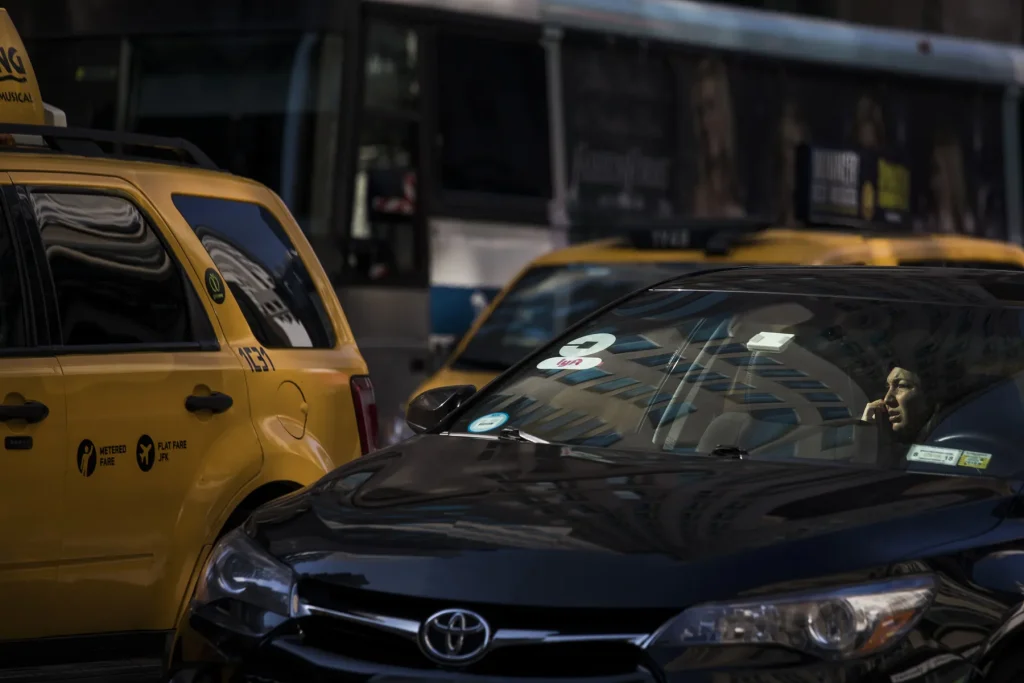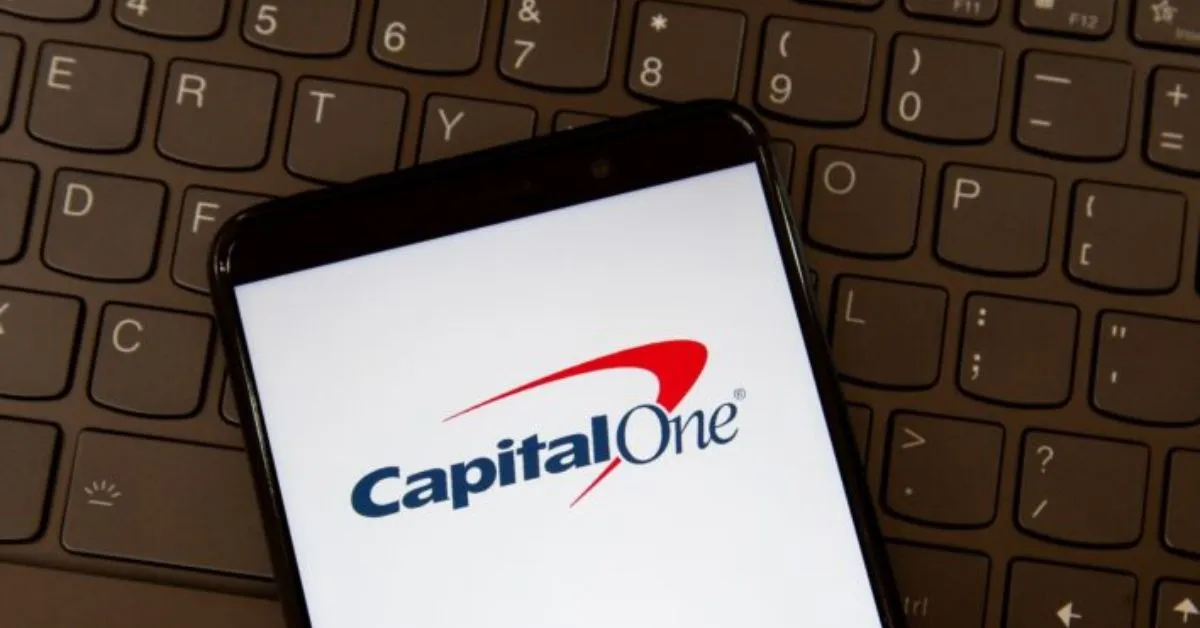In recent years, Uber and Lyft have revolutionized the way we think about transportation. These ride-sharing companies provide millions of people worldwide with convenient and affordable options to travel from one place to another. However, behind the convenience of these services lies a growing dissatisfaction among the drivers who operate the rides. Uber and Lyft drivers Strike have been protesting and even going on strike over issues like wages, work conditions, and benefits. The goal of these strikes is to raise awareness about their rights and demand better treatment. It is essential to understand the underlying problems these workers are facing and why they are taking such drastic steps.
1. Uber and Lyft drivers strikes : Wages and Fair Pay
One of the primary reasons behind Uber and Lyft drivers’ strikes is the issue of wages. Drivers are often paid on a per-ride basis, but this payment structure can be quite complex, and many drivers feel they are not being compensated fairly for their work. For instance, factors such as heavy traffic, detours, or long waiting times often mean drivers earn less than they deserve. The pay is also inconsistent, which leaves drivers struggling to earn a livable wage.

Many drivers argue that the amount they receive for each ride does not adequately reflect their time, effort, and expenses. The calls for fair pay have become a central issue in these strikes. Uber and Lyft need to reassess their pay structures to ensure drivers are compensated fairly for their hard work.
2. Work Conditions
In addition to low wages, Uber and Lyft drivers also face poor working conditions. Many drivers are forced to work long hours in order to make ends meet. On top of this, they are often responsible for the maintenance of their vehicles, which can be financially burdensome. The unpredictability of ride requests, customer behavior, and road safety also make this job challenging.
Strikes have been organized to demand better working conditions. Drivers want better safety protocols in place and a system that guarantees their security while on the job. They seek to have a system in place where they can feel safe and supported while driving.
3. Lack of Benefits
Unlike traditional jobs, Uber and Lyft drivers do not receive benefits such as health insurance, paid leave, or sick days. Despite working long hours and facing numerous challenges, they are left to bear the burden of medical costs, vehicle maintenance, and other job-related expenses without any support.
Many of these workers feel that they deserve the same benefits as other employees. Strikes have often highlighted the need for health insurance, paid time off, and other essential workplace benefits. This would provide drivers with some financial security, especially in times of illness or personal emergencies. The lack of benefits is a significant issue that Uber and Lyft must address in order to retain their workforce and ensure long-term sustainability.
4. Lack of Union Representation
Another critical issue that contributes to strikes is the lack of union representation for Uber and Lyft drivers. In traditional workplaces, employees have unions that help them voice their concerns, protect their rights, and negotiate on their behalf. Unfortunately, Uber and Lyft drivers do not have this kind of representation.
Without union support, drivers often feel powerless when trying to address their grievances. Having a union would provide a platform for them to negotiate better working conditions, higher wages, and additional benefits. Strikes are often the result of frustration over the lack of any formal representation that could advocate for their rights.
5. Public Impact and Company Response
When Uber and Lyft drivers go on strike, it impacts not only the companies but also the general public. Strikes lead to fewer available rides, which can cause significant disruptions for passengers who rely on these services for their daily commutes or travel. This disruption puts pressure on the companies to address the demands of their drivers and find ways to prevent future strikes.



